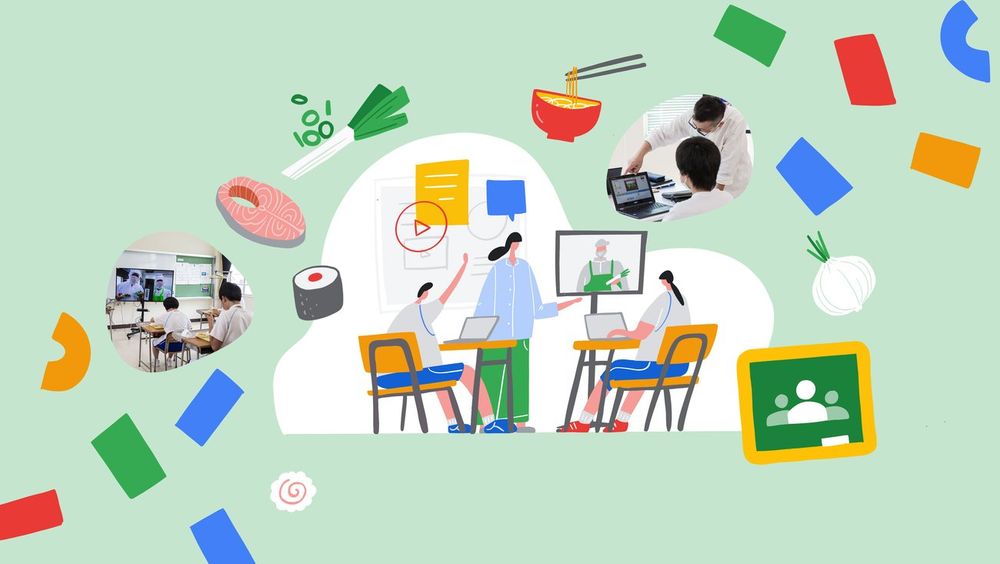Introduction
In a unique educational initiative, Tomohito Yamazaki, a teacher at the Toyama University Special Needs School of Education in Japan, implemented Google Classroom to enhance food education for children with disabilities. This approach aimed to address the common issue of picky eating among students, which often stems from a lack of understanding about the food they consume. By utilizing Google Classroom, the school provided a visual and interactive learning experience that helped students grasp the origins of their meals, from farm to table. This innovative method not only improved their knowledge but also contributed to a decrease in picky eating habits, showcasing the potential of technology in special education settings.
Key Features and Use Cases
- Interactive Learning: Google Classroom facilitated a more engaging learning environment, allowing students to explore food origins through multimedia resources.
- Visual Aids: The platform enabled the use of images and videos, making it easier for students to visualize concepts that were previously abstract.
- Tailored Education: The program was specifically designed to meet the needs of children with disabilities, ensuring that lessons were accessible and comprehensible.
- Real-World Applications: Students learned about the journey of food from production to consumption, fostering a deeper appreciation for their meals and reducing anxiety around eating.

